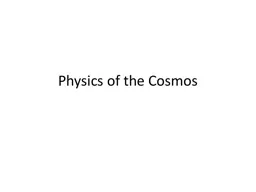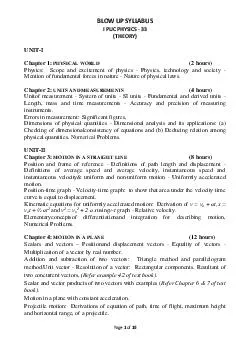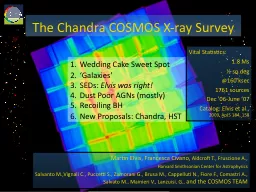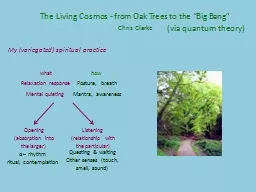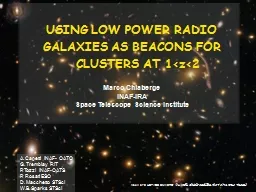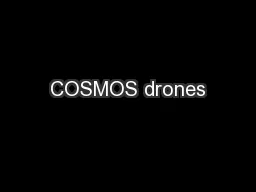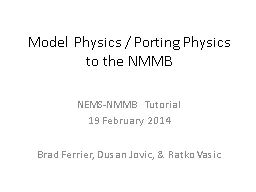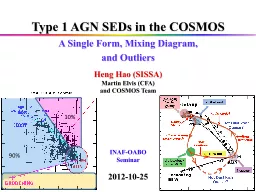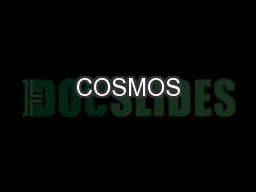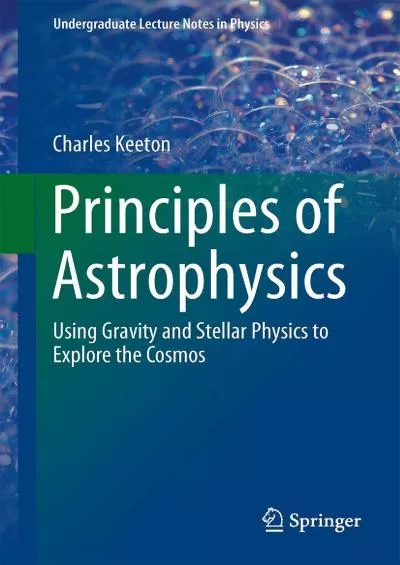PPT-Physics of the Cosmos But first… the Cosmos
Author : jane-oiler | Published Date : 2018-03-21
The Night Sky The Milky Way Stars individual binary variable Clusters globular and open Nebulae reflection emission dark planetary SNRs Neutron Stars amp Black Holes
Presentation Embed Code
Download Presentation
Download Presentation The PPT/PDF document "Physics of the Cosmos But first… the C..." is the property of its rightful owner. Permission is granted to download and print the materials on this website for personal, non-commercial use only, and to display it on your personal computer provided you do not modify the materials and that you retain all copyright notices contained in the materials. By downloading content from our website, you accept the terms of this agreement.
Physics of the Cosmos But first… the Cosmos: Transcript
Download Rules Of Document
"Physics of the Cosmos But first… the Cosmos"The content belongs to its owner. You may download and print it for personal use, without modification, and keep all copyright notices. By downloading, you agree to these terms.
Related Documents

